It’s no secret that I am deeply fond of Comme des Garçons, and often I’ve wondered why that is so. There are plenty of aesthetic merits to be found in the garments, but pretty clothes wouldn’t usually bring out the huge fan in me because frankly they are hardly far and few between. Regardless of one’s definition of beautiful, it is far more difficult to create aesthetically pleasing clothes that can provide intellectual stimulations at the same time, and that is what separates CdG from the myriad of oft-celebrated labels out there.
As I find my beliefs aligning ever closer to those of feminism, I’ve become increasingly aware that I’m seeing CdG from a feminist perspective. Even if Ms. Rei Kawakubo refuses to politicise her clothes, it doesn’t stop me from being grateful towards the works that she has produced over the years; grateful that her aesthetics challenged the definition of beauty that I’ve been brought up to believe in, and eventually taught me to value imperfection. CdG’s clothes were never made with a feminist POV, but it speaks a similar language of equality and acceptance, one that is blind to age, class and gender. And in the following long paragraphs I shall explain exactly what I meant.
Comme des Garçons is ageless
It is glaringly obvious that the fashion industry and society at large seem to remain youth-obsessed. At the same time, the stigma surrounding ageing is becoming endemic despite the fact that the largest consumers of fashion – the developed world – is facing the trend of ageing population. One quick glance at the mainstream fashion industry gives a very good idea of a strong presence of the idealised female body – taut, slender, perky, energetic, flexible, preferably hourglass – physical attributes that generally vanish as one grows older. The clothes that are exhibited on the runway were made with this ideal body in mind, so in other words, many women are neglected from step one in the design process itself.
On the same subject, we often hear of the phrase ‘dressing your age’, and even tell ourselves, ‘Nay I’m too old for that shit’, implying that the typical clothing has an expiry date, or more accurately, that we have an expiry date for certain clothes, e.g., the mini skirt. I do realise that it is more than difficult to remove these associations. They’re systemic across many different cultures because we denote our maturity through appearance and dress. However I believe that CdG has shown an alternative path. The clothes do not carry age-related connotations because the garments stand outside the flow of time. Let us look at the recent FW12 ‘Paperdoll’ collection. Ms. Kawakubo may have derived the patterns and prints from children’s clothings, but she juxtaposed it with conventional grown-up elements such as the use of certain fabrics – heavy felt in this case – in such a way that it creates ambiguity of the garment’s suitability for a particular age groups.
CdG is also not designed to flatter nor create the hourglass silhouette. The generous inclusion of space and/or non-figurative silhouettes provide plenty of room to play around with for people of diverse body types. Currently, many women going through the ageing process feel disheartened when their sartorial options grow limited as their physical attributes change. I don’t see why older women have to be relegated to certain brands simply because most retailers are neglecting them. To CdG the young and old are welcome; it’s just a matter of finding an aspect that best suits your personality. Some women like it subtle, some like it bizzare, but age is hardly a discussion on the table when one considers which piece one would like to wear.
Comme des Garçons is classless
Before I address the issue of price, let me explain what I meant by this. There are three points to this matter I would like to talk about.
- Plenty of designer wares require a high-maintenance lifestyle. Factors such as fragile, restrictive clothing that is impractical for anyone who needs to do anything resembling labour, or chasing after the bus, or the high costs of dry cleaning, need to be taken into account before buying certain garments.
- Many designer brands capitalise on the separation of the haves and have-nots through symbolism and associations of opulence, glitter and glamour, sewn into the very fabrics of their garments. This may be in the form of logos, designer trademarks that recur often, notably in handbags, or shiny baubles that might as well be screaming ‘I’m expensive’ were they to have the power of speech.
- The same designer labels, and in fact high street stores as well, are constantly encouraging obsolescence by pushing the latest trends down people’s throats. Silly people like you and I fall into their trap because we want to fool ourselves into thinking we’re early adopters of the trend while everyone else is simply copying our look, which brings us back to point number 2 – the separation of innovators and laggards.
Yes I know that CdG is pricey, but creating ground-breaking pieces is not cheap, especially when they’re made in Japan, but all prices being equal in the designer goods category, CdG provides egalitarian garments that allows one to appreciate good craftsmanship, intelligent design and be all hush hush about it. If you wear CdG to look swanky, you’re probably a rarity, or missing the point perhaps. Also, one needs not worry about missing the trend bandwagon. Nothing is ‘so last year’ in the realms of CdG, because a garment cannot possibly be out of trend if it’s never in trend to begin with.
Like Rick Owens, CdG creates clothes for almost every aspect of a person’s lifestyle, well, middle-class lifestyle and upwards. The clothes often look better as they break down, because overtime the wear and tear gives the garments a rich character – tales of their own, so to speak. In terms of practicality, if one is able to wear the garments over and over til its last threads, one would need to replace the clothes less often. I have come across a beautiful CdG dress with holes in its outer mesh later, yet its beauty is not diminished, the holes simply looked like they were part of the design. And should one not have to baby the clothes, there would be more occasions to wear the garment to. In the long run, a boiled wool CdG jacket that can be thrown into the washing machine gives far higher return than a H&M blazer.
Granted I know some people do buy CdG for its hype, especially now that it’s been circulating heavily in hip hop lyrics. But how fans utilise the garments does not negate the functionality and intent of the design.
Comme des Garçons is genderless
‘Like the shape of the kimono, the designs by Kawakubo, Miyake and Yamamoto were known for being gender neutral or unisex. Gender roles are determined only by social rules and regulations formed by society. Clothing constructs and deconstructs gender and gender differences. Clothing is a major symbol of gender that allows other people to immediately discover the individual’s biological sex. These three Japanese designers challenged the normative gender-specificity in clothes which was the characteristics of Western clothes.’
Gender is something that feminists constantly lament on, because there is still an imperative to remind everyone that the idea of masculinity and feminity is a product of culture, hence it is never set in stone. In fashion it is still especially problematic because the typical clothing is heavily imbued with sexual and gender connotations. Despite the fact that there is no universal correspondence between sex and gender – which means there is no ‘natural’ link between biological ‘male’ and ‘female’ and cultural characteristics of ‘male’ and ‘female’ – clothing, as an aspect of culture, is a crucial feature in the reinforcement of masculinity and feminity – e.g., in the Euromodern (North America, Europe, Australia and New Zealand) societies skirts are considered ‘inherently’ feminine. The taboo against men wearing skirts is so strong that they almost always risk being ridiculed. Yet in many Asian societies non-bifurcated clothing (skirts, robes etc) are worn by males without fear that their masculinity is compromised. In the Middle Ages, men exposed much more of their figure than women did (hello leggings and codpiece). These days we’d probably not see men dying to expose the entirety of their legs and crotch.
In Euromodern culture, gendered clothing became arguably more important from the 18th century onwards. Working class men had to be somber because they labored in factories and those of the ‘respectable’ upper class bury themselves in ‘serious’ business matters, while women were forced to stay at home. Eventually the idea of dressing up was marked as frivolous and belonged only to the realms of feminity, in contrast to the previous centuries where men tried to outdo each other in being outré. This notion of frivolity in fashion continued til today. Contemporary society remains preoccupied with gender differences in clothing, not just in what one wears, but also on consumption habits. Men who indulge in fashion are considered to be breaching the unspoken heterosexual male rules. Fashion, due to its strong association with feminity and frivolity, denotes an activity that is beneath men (as with many other activities with strong feminine association), and to partake in it beyond functionality, well chances are people will be questioning your sexual orientation and/or masculinity. One only needs to read comments on fashion articles such as this for a good indication of rigid gender norms.
In terms of sexuality, most of the clothes we see in stores are laden with sexual markings, male-oriented clothing are worn to enhance biological male traits such as broad shoulders, female-oriented clothing worn to enhance feminine curves, and more often than not they show a lot more skin than the male counterparts because it’s normal for women to be seen as sexual objects. To drive this point across, there was a photographer who did a series of couples swapping each others’ clothes, and even if it wasn’t her end goal, the series of photographs highlighted the points I mentioned above. As someone who loves weird clothes, I still found myself in dissonance when looking at the men wearing clothes that expose parts of the body – like the thighs and midriff – proving how deeply entrenched I am in modern social constructs.
Why CdG speaks strongly to me within the topic of gender and sexuality is because the clothes are devoid of such markings. Like it or not the language of beauty that fashion speaks hinge heavily on sexual connotations because marketers seem to think only sex sells (alongside exclusivity). However, in the world of CdG it goes way off on a different tangent, one that subverts heteronormative standards. Most of the time, one does not wear CdG to appear sexy in the typical sense. We just have to look at the ‘Body Meets Dress, Dress Meets Body’ collection (Quasimodo alert!). CdG taught me that I don’t have to look like an hourglass to feel beautiful, or that skirts only look good on women. The clothes sent down the runway seek to deconstruct gender markings, creating ambiguity in sexuality and rising above gender dichotomy in the process. Often male suits are made with floral prints, and female garments disfigured the shape of the body altogether. Even though CdG still separates its Men and Women runway shows, there’s nothing to stop everyone from wearing garments from both collections. It’s simply a matter of choosing the pieces one likes best.
At this day and age where females can wear boxer shorts, and some overweight men are in need of bras to hold up their overflowing man-boobs, why are we still so obsessed with this binary oppositions of gender in clothing? At the end of the day, the premise that there is clothing that is inherently ‘male’ or ‘female’ is logically false. Unfortunately the reality is that gender norms are deeply entrenched in places where people spend most of their lives, namely school and workplace. Even if women are allowed to don the trousers their outfit has to be of a somewhat feminine cut. The typical uniform accentuates the common differences in physical traits between men and women, such as those of airline companies. It will be a while yet before gender neutral clothing becomes more acceptable.
Why should one care about such matters?
Feminism in general aims to deconstruct power hierarchy between genders. I believe that men and women will never be the same – there are biological differences between sexes after all, but their differences need not give them unequal status. Everyone should be given free reign to experiment with fashion should they wish to, without any negative connotations attached to it. If and when equality comes, everyone in the entire gender spectrum will be free to express their individuality drawing from the wide vocabulary of masculinity and feminity that goes beyond the current gender dichotomy.
Feminism to me is also a movement that aims to create a more inclusive society – a society in which we can embrace a more diverse representation of beauty and ageing that benefits our body image and still remain commercially viable. Let’s face it everyone likes nice things, and wearing beautiful clothes can improve a person’s self-confidence. However, I don’t believe it is necessary for beautiful clothes to be limited to a select few who can afford the lifestyle or be blessed with certain physical attributes. I still love many high-maintenance labels such as Balenciaga (Ghesquiere’s), and Haider Ackermann, but it’s comforting to know that there’s CdG which offers beautiful alternatives that I needn’t worry about ruining when going about my daily business.
At the end of the day, feminism isn’t a dirty word. We just want a world where everyone gets a fair chance to do what they love without the social stigma.
Photographs are taken from Street Peeper, Le-21eme, People Wearing Comme des Garçons, Tokyo Fashion

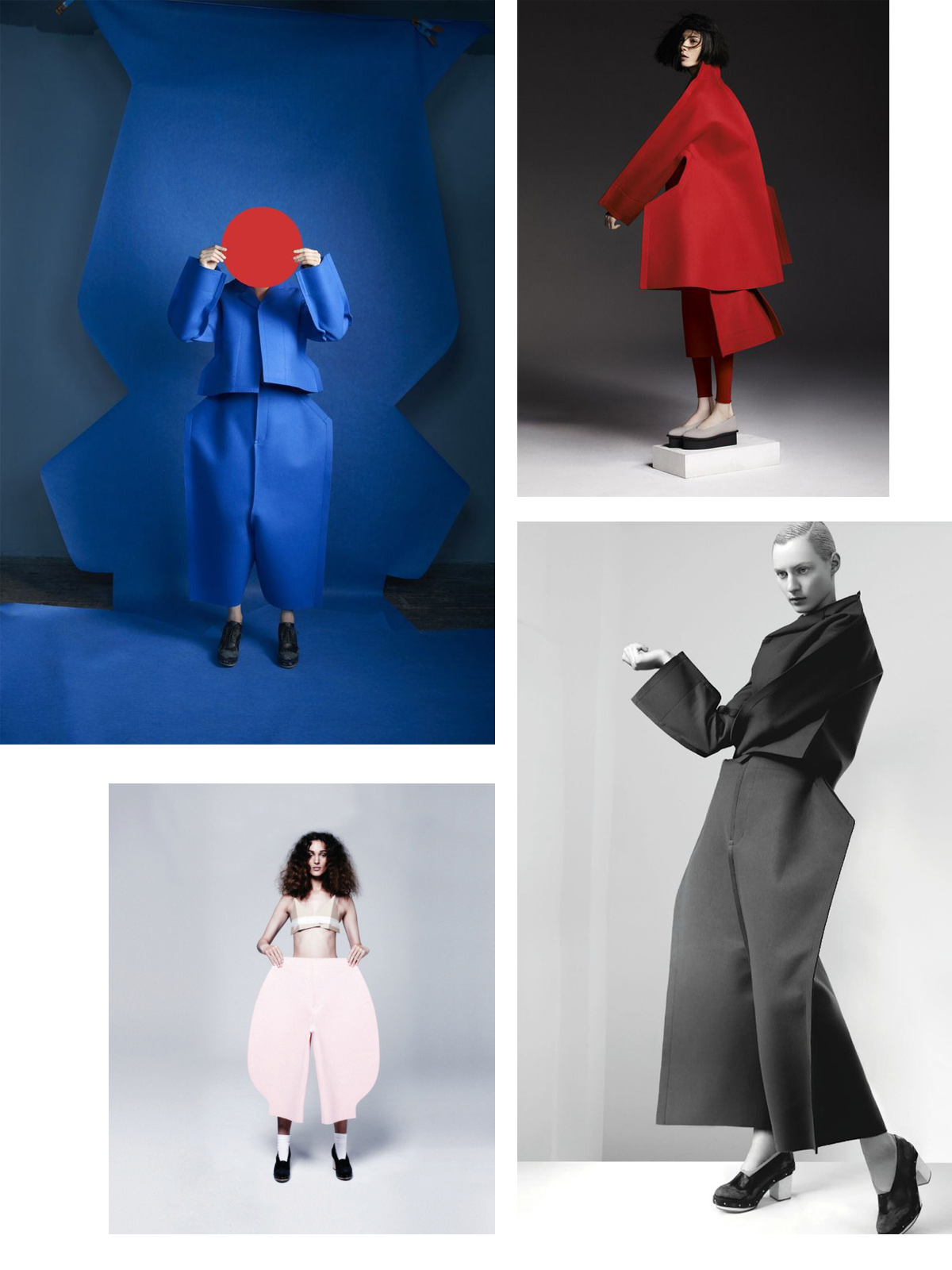
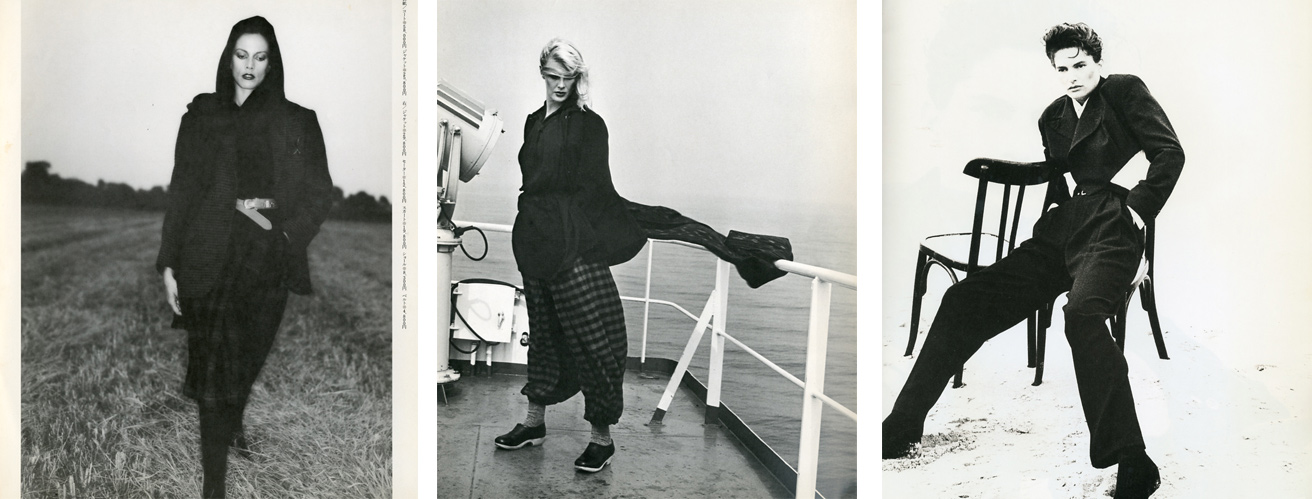
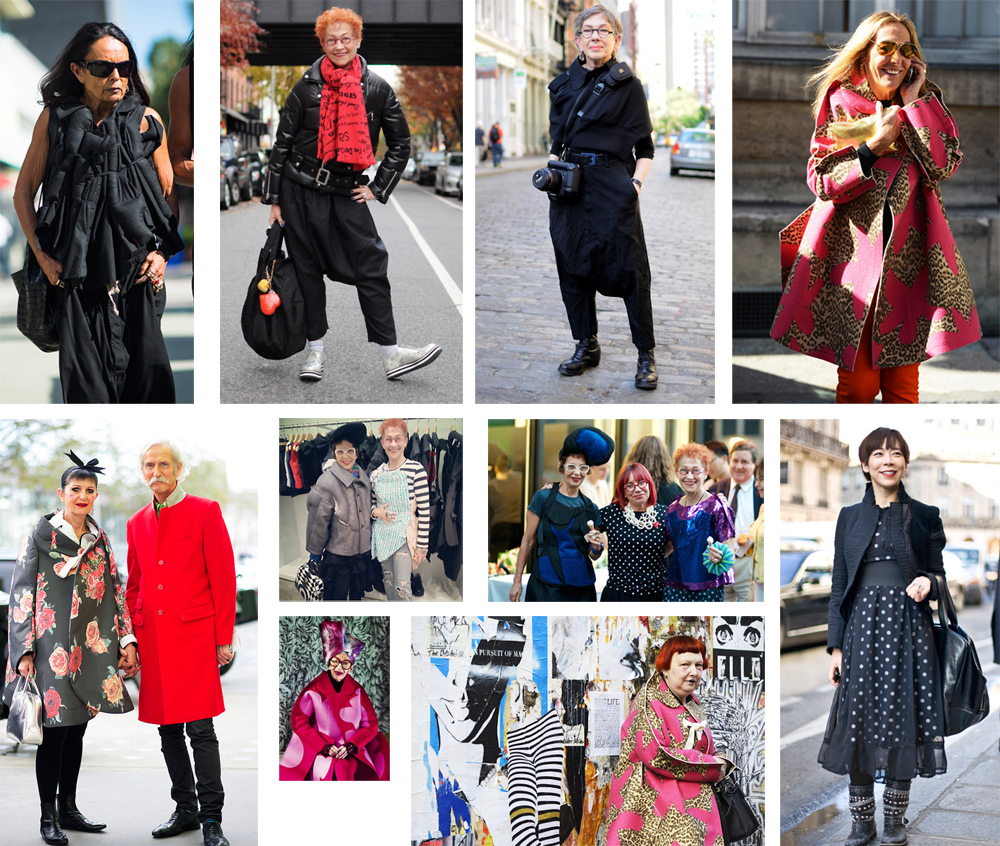
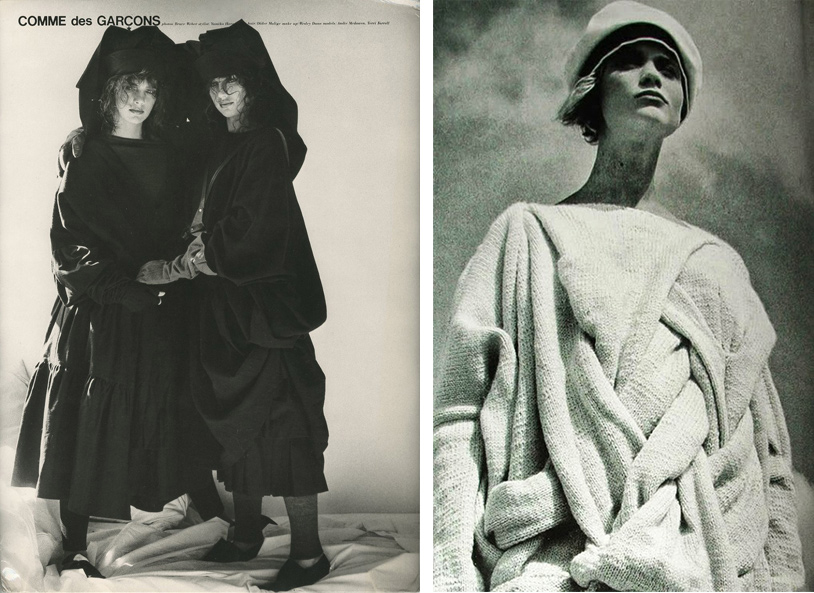
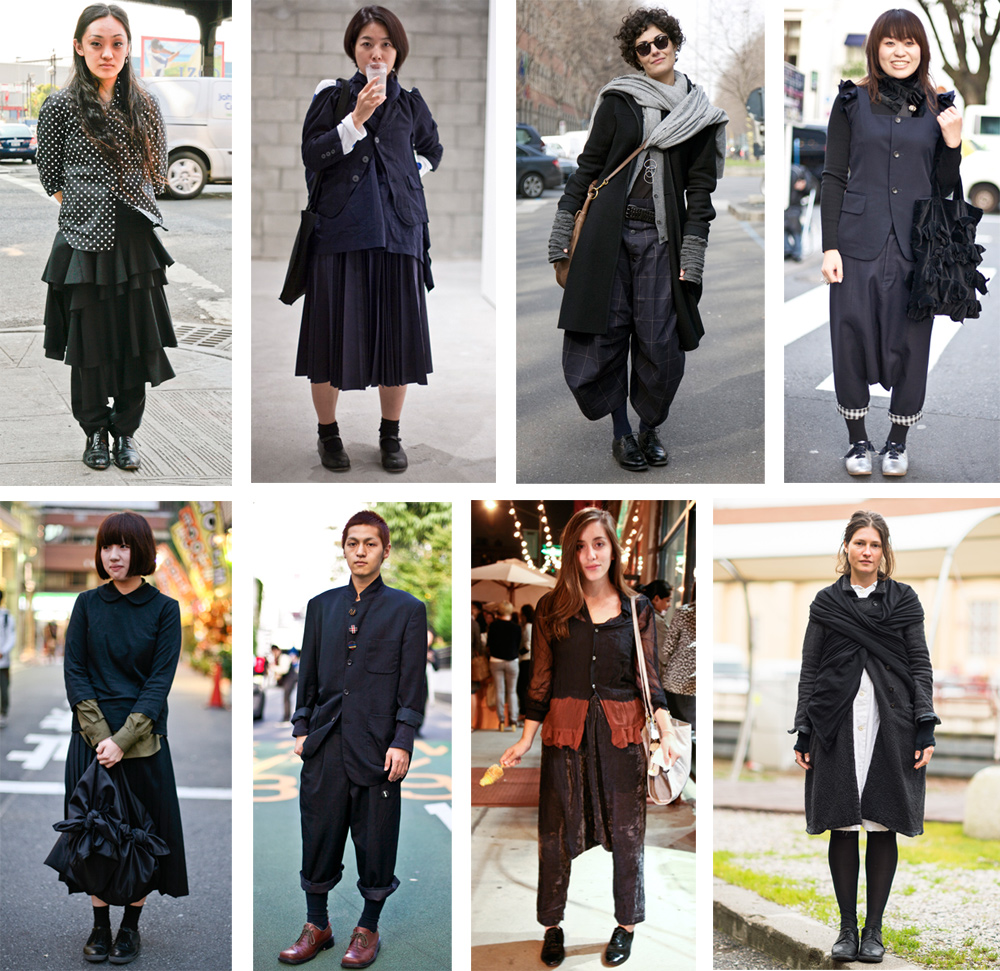
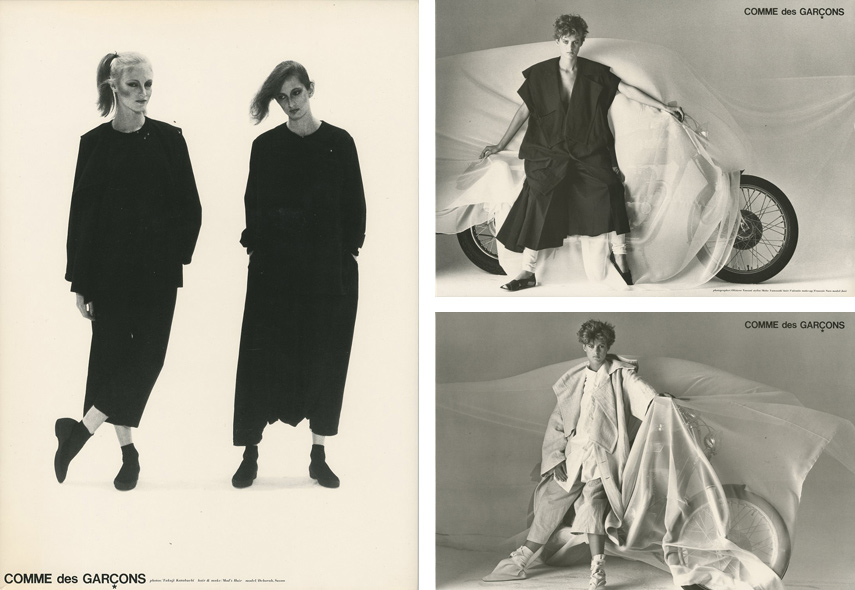
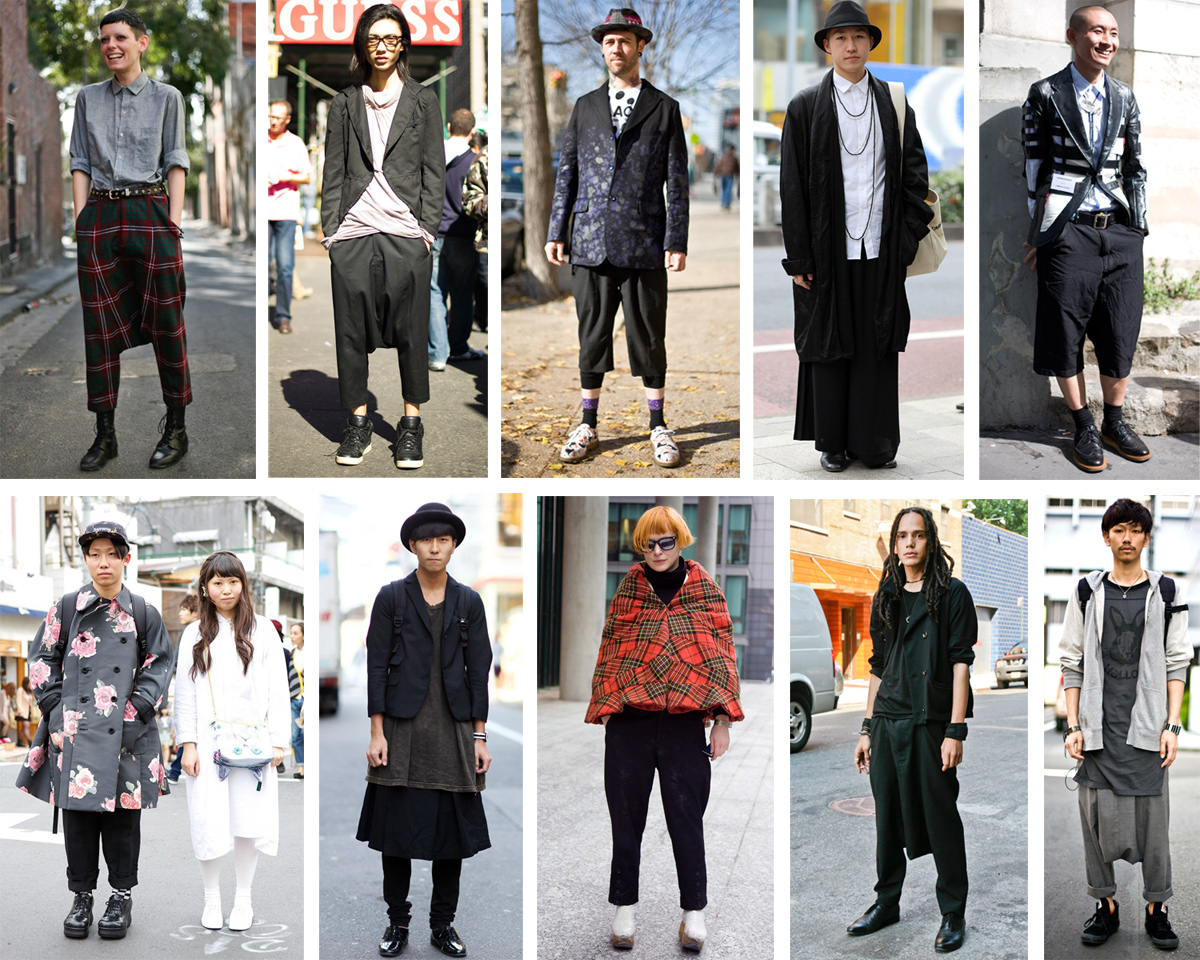
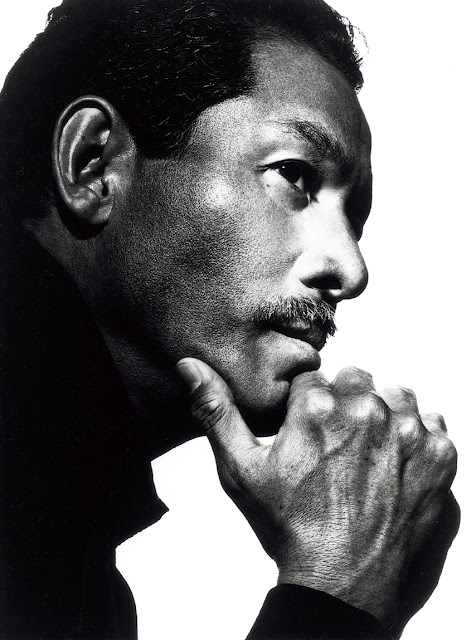


I want all my friends to read this post. I love wearing Comme because it is weird and crazy and the clothing doesn’t expect any from you or your body. It’s never in season and never fashionable, yet it still looks “fashion”. It is always interesting and unusual.
Thank you Dr. Duck. I’m happy to hear you liked the essay.
“..doesn’t expect any from you or your body.” – couldn’t have put it better myself.
Love your blog. Really love this post.
Hello Gracia! I think it is time for one of my ranty monologues again! Great post, I don’t wear much CdG myself but I agree with many of those things you said. The idea of gender-neutrality (or of any neutrality for that matter lol) is quite compelling – and I have a deep-seated hatred for the ‘cult of youth’ that has been reigning over fashion ever since the sixties, and which I find to manifest a shallow and conspicuously degenarate state of affairs in the fashion industry.
“Yes I know that CdG is pricey, but creating ground-breaking pieces is not cheap, especially when they’re made in Japan” – Actually I am not so sure: if you have the chance (I think I remember you work in the industry?) to look into, or to discuss honestly, the finances of a high end brand, many in my experience actually spend a small fraction of their costs in “creating ground-breaking pieces” – neither the designers nor their army of trainees are a big expense, compared to the money lavished on the unspeakable liturgy we have come to take for fashion itself: catwalks, fashion shoots, “parties,” samples to send out to Vogue editors, advertising, brand placement, and the often indulgent lifestyle of the head-designers which is supposed to participate to the brand image. It would be interesting to find statistics actually – certainly this would vary from one case to the other, and depends a lot on the size of the studio, but given the endemic reliance on unpaid interns in those companies I reckon many of those brands spend a significant fraction of the expenses on trying to look richer than they are.
There is design theorist named Victor Margolin who wrote something that struck me enormously on this state of things: he speaks of ‘communities of use.’ Long story short: the gear and and the branding you design, when received by your consumers, will trigger the consumers to organize, generally informally, into a community. They recognize each others as ‘kindred spirits’ based on the brands they wear much like music fans could do.
I think 99% of the luxury fashion industry (save… what, Moschino maybe? lol) are trying to build an exclusive community of use, which is understandable, because the more exclusive, the more control you have over it, and the control you have the more creative you can be.
I think the market and the technologies available to us today, though, we might be or soon be able to create exclusive communities of use without having to rely on expensive prices. Just to throw my idea out there: what if rather than asking a high price, we demanded clients to fill in applications, just to make sure that, for example, only intelligent or cultured people, rather than merely rich, could get their hands on it? How would that influence the community of use? Such a strategy would demand two ballsy steps for a brand or a designer: first of all it would demand to shed in part or in totality the ever-renewed but ever-tired stereotypes of glamour around which most brands have revolved conceptually since the last 100 years at least. And secondly it would demand, ideally, for the designer to be either financially self-sufficient (which, in the current conspicuous catwalk based system is virtually impossible) – or at least to have far sighted backers which given the proportion of early collapses in the industry, is unlikely to happen.
Bertrand,
Many thanks for the – as you put it – monologue, and apologies for the delayed response as I had to think over my answers. Since you’ve covered a few different points, I shall address them in the order they were mentioned. Here we go….
1. Comme des Garçons, as a label that has been established for forty years, is extremely modest in its earnings (only $220m in annual revenue, a meagre number that other companies can easily lose in a quarter and shrug off). There are a few possibilities to explain the figure, either CdG garners a low sales volume, or has a considerably lower price tag on average vis a vis other fashion brands, or both. A company has to earn enough profits to remain comfortable in carrying on day to day operations, and an even higher economic profit is required to remain creative because R&D is never cheap. It’s a sunk cost that can make or break a brand. We’re not just talking about paying an army of trainees for their ideas. Plenty of money flows into the factories to create and test new materials, and then there’s a need to pay for storage space which as we all know is scarce in Japan. As far as I am aware CdG has ceased doing traditional advertisement, and I’d be surprised if the PR team even bothers to throw lavish parties etc. No, certainly not with that kind of revenue that actually forces her to create the somewhat atrocious CdG Play just so her business can stay afloat (alongside many of her other more commercial lines). If we’re talking about other high profile brands known for their artistic merits, say Balenciaga, that would be a completely different story because it’s not an independent company. There’s always Kering who will inject the cash necessary to keep its baby alive. As part of a conglomerate we can never know how the brand is doing financially because it’s all lumped under the the parent company’s portfolio. However if there is one brand which I’m sure of is extremely overpriced, that would be Saint bollocks Laurent, 5k for a leather jacket is simply unjustifiable no matter how you look at it. In the case of SLP, I’d say yes, your theory is most likely applicable.
2. Definitely agree on this point. I think I may have touched on something similar a long time ago in which I mentioned about dressing to belong to a tribe. I am slowly abandoning the opinion that we dress to express our personality, but rather to belong to a group that characterise the qualities we would like to portray.
3. On your last point, I fear I may have to disagree with you. I don’t quite believe in exclusivity in fashion. Even if you use price as the major barrier of entry, market forces eventually allows the non-wealthy to jump on the bandwagon through various channels like second hand market. However, if we actually enforce this idea of exclusivity based on perceived intelligence, it would severely hinder the organic growth of any label. A designer’s artistic vision and direction should be the sole driving factor in attracting the type of audience they have a preference for (CdG comes to mind here). If there is a need to weed out certain unwanted individuals from the club then maybe the designer should do some introspection into its own artistic/creative direction. For example, if Hermes finds that Kim Kardashian has severely tarnished the image of the Birkin bag, well, honestly it’s noone’s fault but theirs for putting all their eggs in the ‘classic leather goods’ basket. Besides, fashion isn’t MENSA. It’s not even an exclusive art club. I think from our previous conversation, we both agree that fashion is a business, because it functions in the realm of design and hence operate within the boundaries of traditional market system. Every person of various expertise enjoys the same brand for many different reasons, and the diverse backgrounds of respective fans also give a far richer perspective to the label. I’d like to point out that even if I dislike the hip-hop culture, the rappers’ take on Rick Owens’s clothes is not necessarily terrible.
If there’s actually a questionnaire I have to fill out before I can join Rick’s club, I wouldn’t be wearing the stuff I wear today (considering how heavily I used to love vintage clothes). I don’t even know my Monet from Manet. But most importantly, considering the breadth and depth of knowledge/logic is so far beyond the scope of any select individual(s) put together, how is anyone supposed to judge who is intelligent or cultured? If such a system were to be put in place, the conversation would only flow one way, from designer to consumer, since there is nothing new for the designers to learn if everyone has the same opinion/knowledge/so-called level of intelligence.
Yes, a large facet of fashion rides on the back of glamour, but we’re slowly moving away that now, with the emergence of independent designers. Many of them bring a new perspective to the industry, and as consumers develop a more sophisticated taste, we become less susceptible to the appeal of luxury pricing and veer towards designers whose artistic direction highlights a new way of seeing things. And if that particular vision aligns with that of some consumers, then I think it alone should suffice as the hypothetical questionnaire you spoke of.
Really amazing post! thanks for sharing. will back again. i live this blog i live it !
I must commend you on your blog re why you love Comme des Garcons. You express it so well..the ageless, genderless factor, the non trend factor, the intelligent factor. It is all that I think and feel, but you nail it so well with the written word. .Kawakubo’s work is always exciting. I come from a pattern making craft, so that is the area of CdG that I find particularly stimulating. Ms K. must employ highly talented pattern makers, to produce the work she does. I think her design stage is very conceptual and she expects her “patterners” to think intuitively to come up with what she is thinking of. In many ways the patterns are her designs, the designing begins with the patterns. As one patterner said “Once she gave us a piece of crumbled paper and said she wanted a pattern for a garment that would have something of that about it” I imagine that wonderful “kraft papery ball” skirt came out of that in the S/S 1997 collection. Brilliant! And her S/S 1999 collection, which played with the basics of pattern-making created very cool shift dress forms like we’d never seen before. Fantastic, considering it was over a decade ago.
I believe deeply in the human experience and as a woman I understand the patriarchy at play in our Western, and almost every other, culture. These are deeply rooted beliefs, often perpetuated from a dogmatic (read: religious) context. CdG and other labels radicalize the notion of gender in a way that pushes our common notions and therefore questions long held beliefs about the role of gender in our society. We are far from free in our ideas and fashion is simply a commerce-driven enterprise to further validate the few who have much. If I were completely honest I would do away with all of it. Alas, I am embroiled in the search for self-expression and identity in modern Western life.
Hey
Just wanted to say I’ve enjoyed reading your posts (esp this and the two part essay on minimalism)
Also I’d like to note that there are inherent qualities of the typical male/female body which lend the genders certain aesthetic preferences. For example, a large muscular frame is complimented better by rougher materials. I do agree that a lot of the social stigma attached to certain garms is silly.
Thanks for the posts!
You do realize Rei thinks feminism is a joke and doesn’t take it seriously, likely doesnt take anything anyone writes or says about fashion seriously? Lol